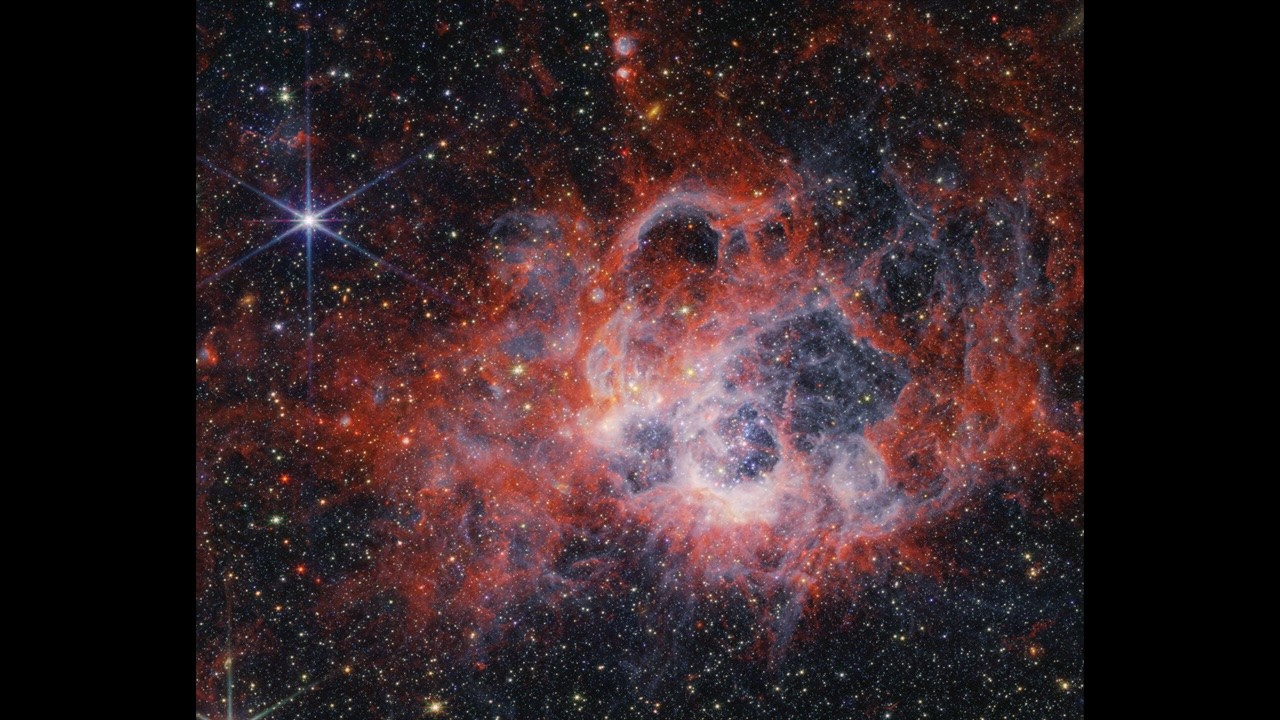Fraser Cain on Nostr: New observations from JWST show the star-forming region NGC 604, located in the ...
New observations from JWST show the star-forming region NGC 604, located in the Triangulum galaxy (M33), located 2.73 million light-years away. This vast region is like the Orion Nebula but much bigger, measuring 1,300 light-years across and containing stars formed within the last 3.5 million years. The powerful stellar winds from the stars are carving out enormous cavities in the region, which Webb can peer through with its infrared instruments.
https://webbtelescope.org/contents/news-releases/2024/news-2024-110 
Published at
2024-03-11 22:30:02Event JSON
{
"id": "a2145f82be86dedf856676646149c9ba8645f04e529f5530e831daff9673937f",
"pubkey": "ac844e7de79ee4ba0cc0999efe9afb25cc9bd99ba0b5957cf0fd406fcabaf11a",
"created_at": 1710196202,
"kind": 1,
"tags": [
[
"proxy",
"https://m.universetoday.com/users/fraser/statuses/112079418339821153",
"activitypub"
]
],
"content": "New observations from JWST show the star-forming region NGC 604, located in the Triangulum galaxy (M33), located 2.73 million light-years away. This vast region is like the Orion Nebula but much bigger, measuring 1,300 light-years across and containing stars formed within the last 3.5 million years. The powerful stellar winds from the stars are carving out enormous cavities in the region, which Webb can peer through with its infrared instruments. \n\nhttps://webbtelescope.org/contents/news-releases/2024/news-2024-110\n\nhttps://m.universetoday.com/system/media_attachments/files/112/079/418/332/094/531/original/1d847009ca5adf25.jpg",
"sig": "cde353c5830bf47c664500867163b875bed0b48d7ad7006ece03c2967dedbc36d5e61d3335b5f495645a852b60a57715fc5c3d8f72f8719bda5c9a63fba57eec"
}

